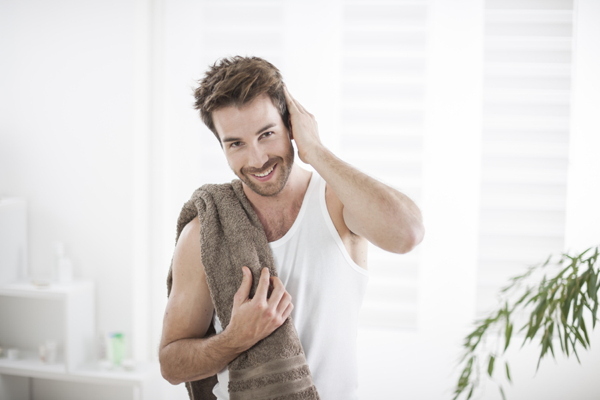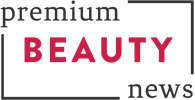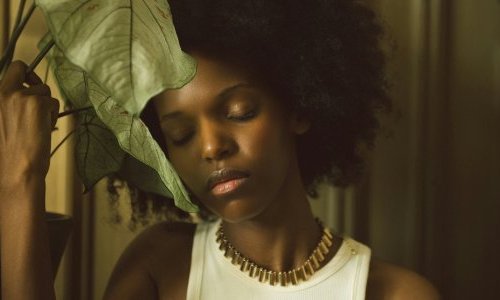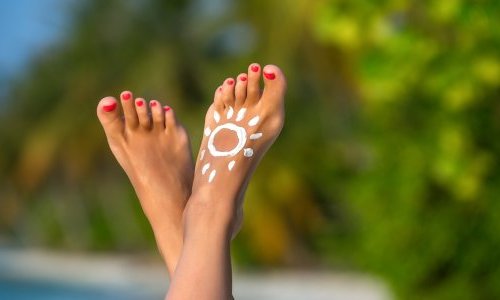“The taboos are slowly dropping, and a growing number of men are using anti-aging serums and masks, beauty devices, and even makeup,” says Naira Aslanian, the report’s manager. “While makeup for men is a trend now and brands such as Covergirl and Maybelline are debuting their first male ambassadors, it is categories like skin care and personal cleansing that see the most innovation and progression. Traditional male-oriented categories, such as deodorants and antiperspirants, also post strong gains driven by innovations like anti-mark antiperspirant technology.”

In addition, the increased purchasing power of millennial men, who follow trends set by look-conscious celebrities, take the notion of self-care to a different level. The desire to associate themselves with a lifestyle synonymous with success and well-being turns male consumers to barbershops and male-centric salons offering personalized services and pampering.
“Men are moving to specialized, often luxury barbershops, not only because they are increasingly accepting the notion of pampering, but they also see the immediate results when their surroundings take a notice of a change. In this newly accepted environment men are groomed to put their best face forward and be trendy,” comments Agnieszka Saintemarie, Industry Manager for Kline’s recently published Barbershops: Global Market Brief.
Beard-wearing trends
Beard-wearing trends are also fuelling the barbershop market with, for example, over 60% of Italians wearing a beard these days. This is among the reasons why the barbershops markets in Europe and the United States grow at over 10%. The robust growth within the professional hair care segment for men, however, did not offset the decline of the overall haircare category caused by lack of innovation and competition from unisex products.
Shaving products, the second fastest growing category after skin care with over 6% growth, is driven by direct selling brands, such as Bevel, Harry’s, and Dollar Shave Club, which have recorded phenomenal, triple-digit growth rates, paving the way for a new category of subscription box providers.
Direct sales, along with specialty stores, are the most vibrant retail channels for cosmetics and toiletries for men. The convenience of online shopping and sampling through subscription boxes fuels the rise of the direct sales channel. Besides digital advertising, smaller, niche brands find an audience for their products by posting videos on YouTube, many of which often go viral.
Large companies lead the market, with Unilever being the undisputed number one through brands like Dove Men+Care, Axe, and Degree and placing an even stronger foot in the male grooming market through the acquisition of the market innovator Dollar Shave Club. However, finds Kline, a number of new, smaller, indie brands, such as Brickell, Bevel, and Anthony, are popping up, making this market truly innovative.
According to Kline, the increased acceptance of personal care and spending on it is anticipated to offer more business opportunities in this booming segment. A number of the new players that have entered the category will gain increasing shelf space at stores and salons alike. Brands will continue to explore new product categories, shifting to offerings of technologies men are becoming familiar with.
Note that Kline will hold a webinar on November 7 to take an A to Z look into the male grooming boom: register here.




























